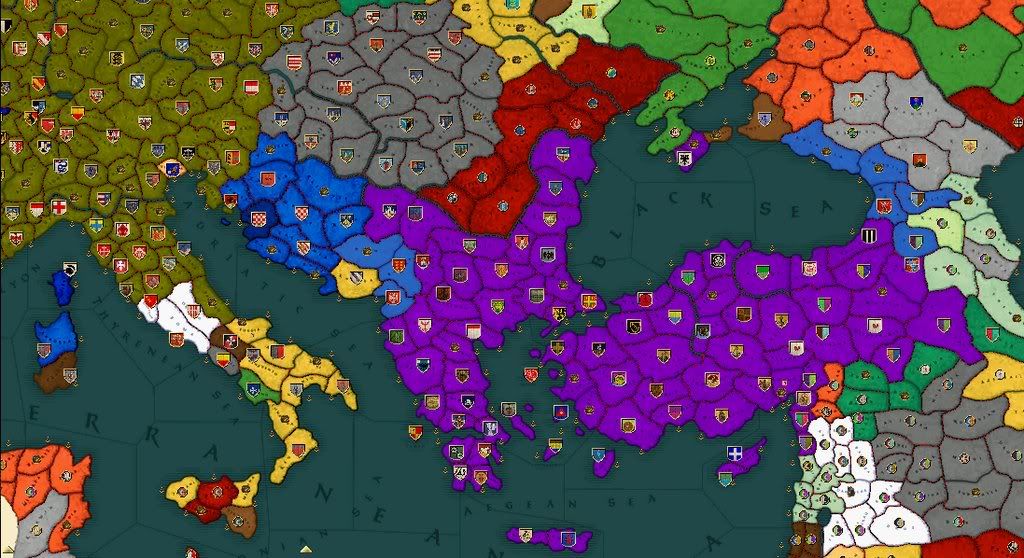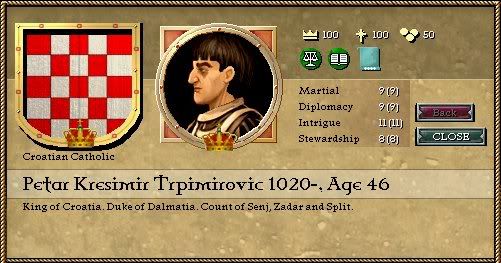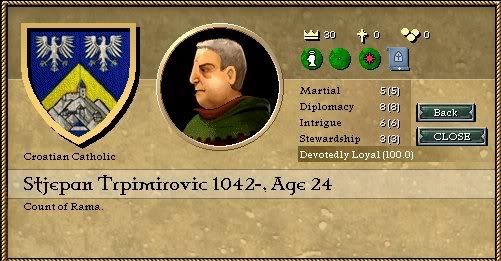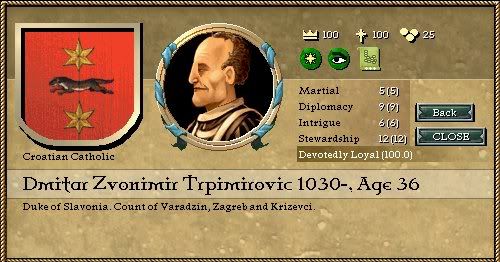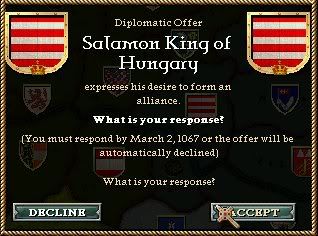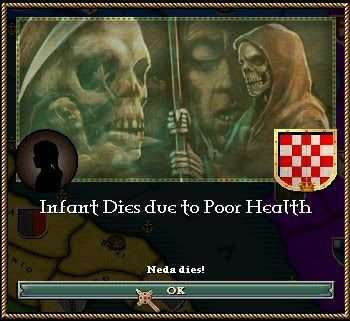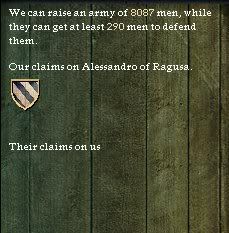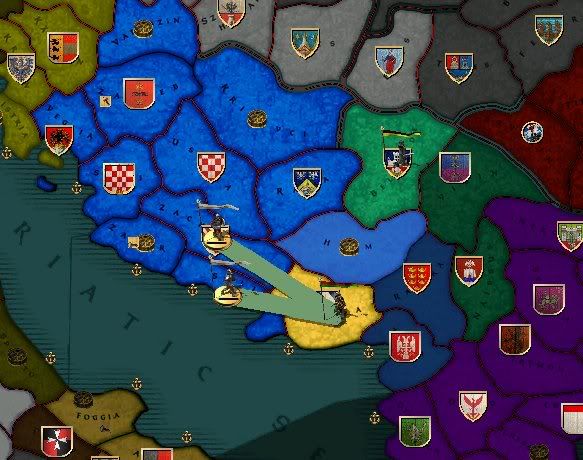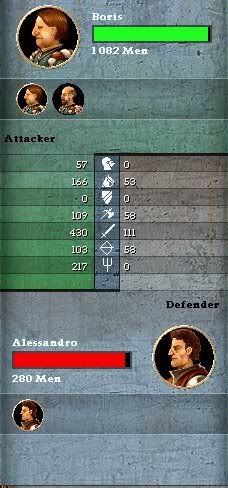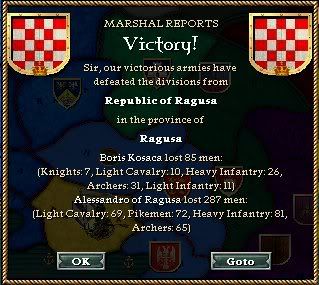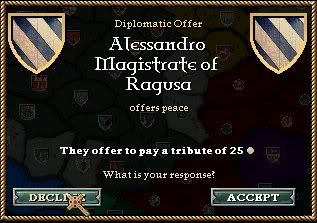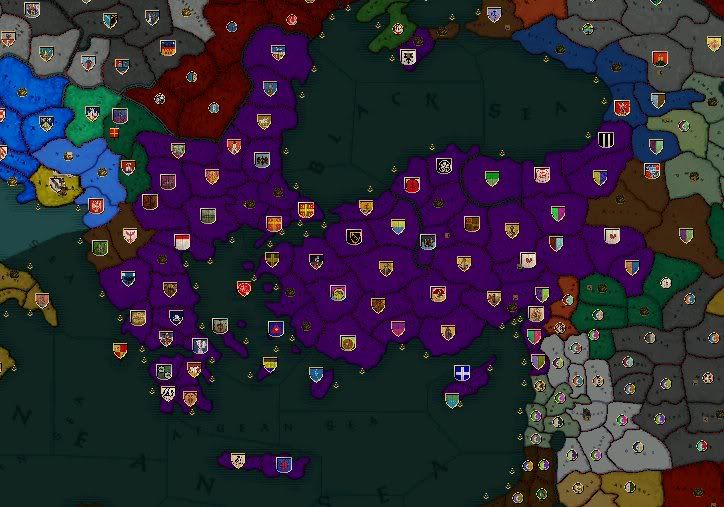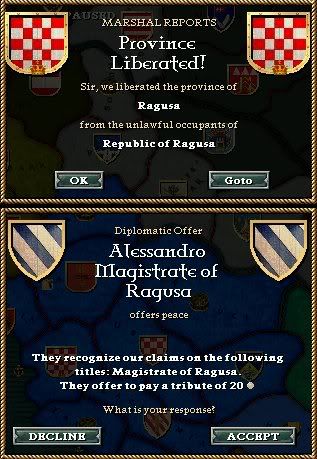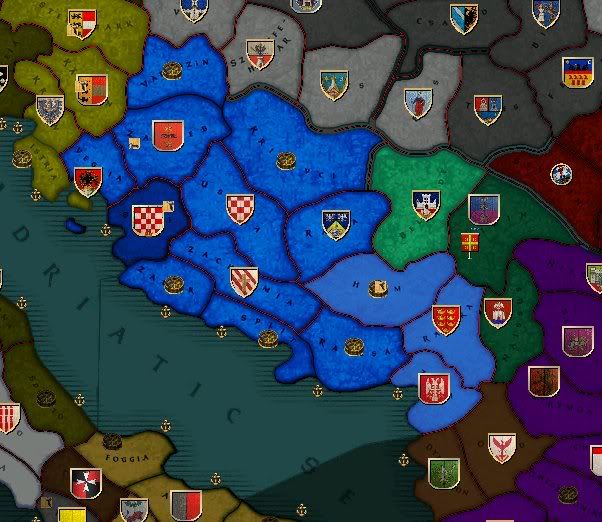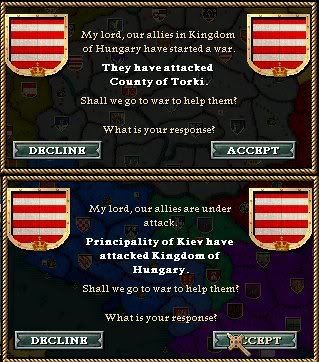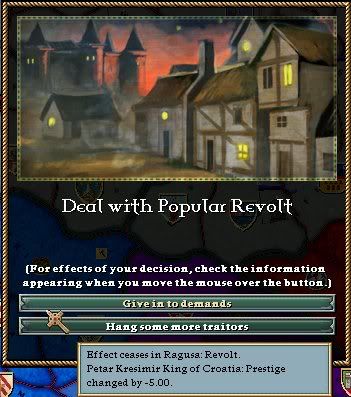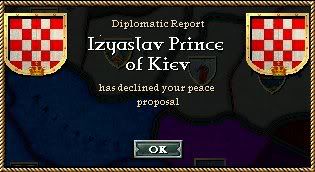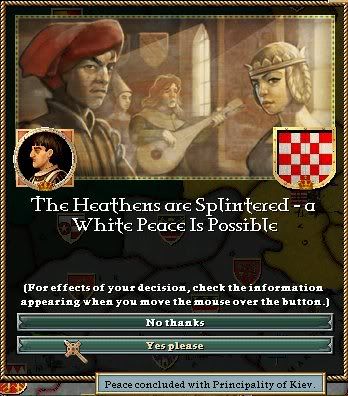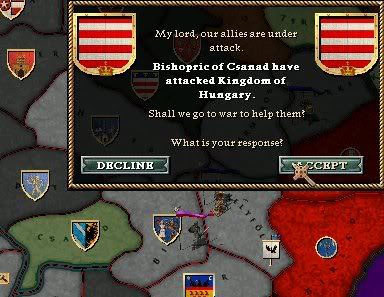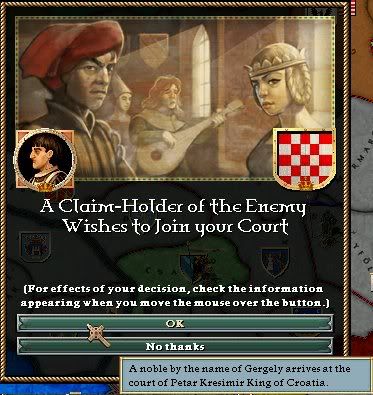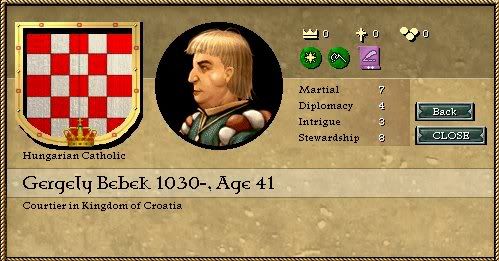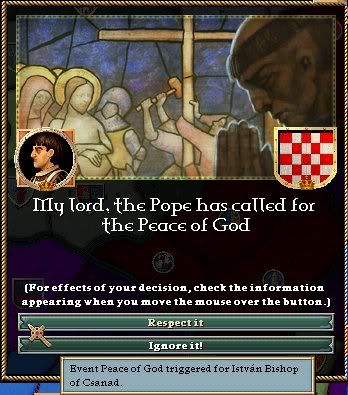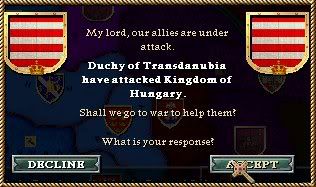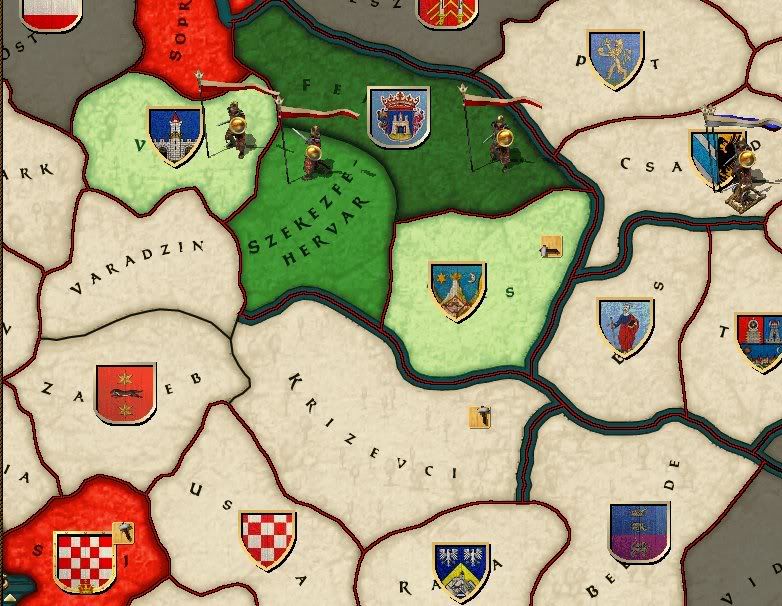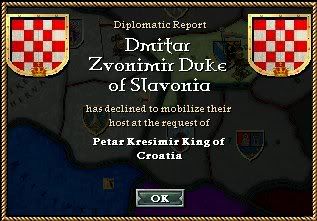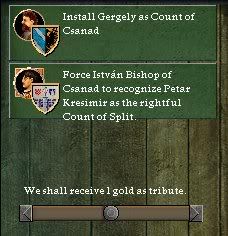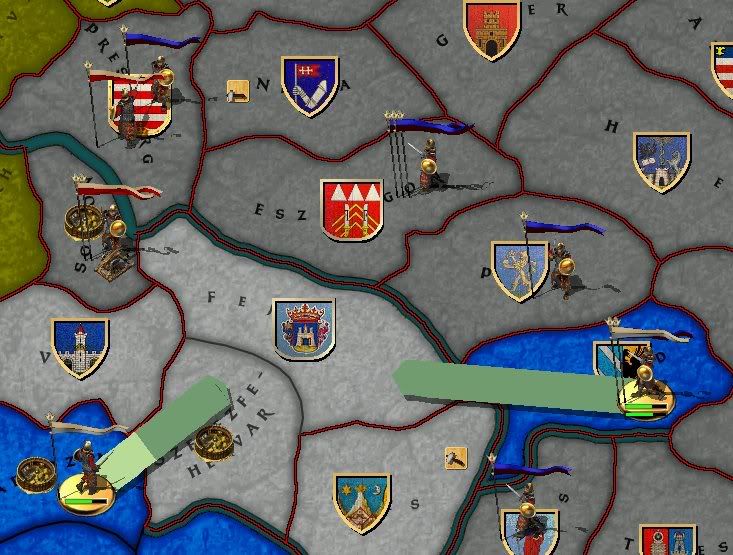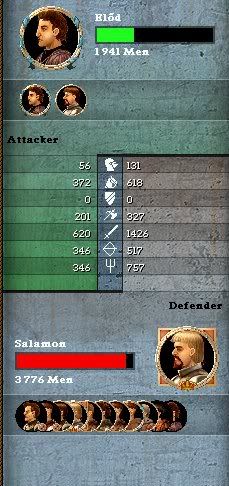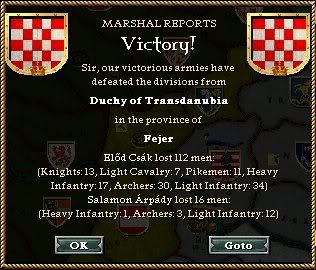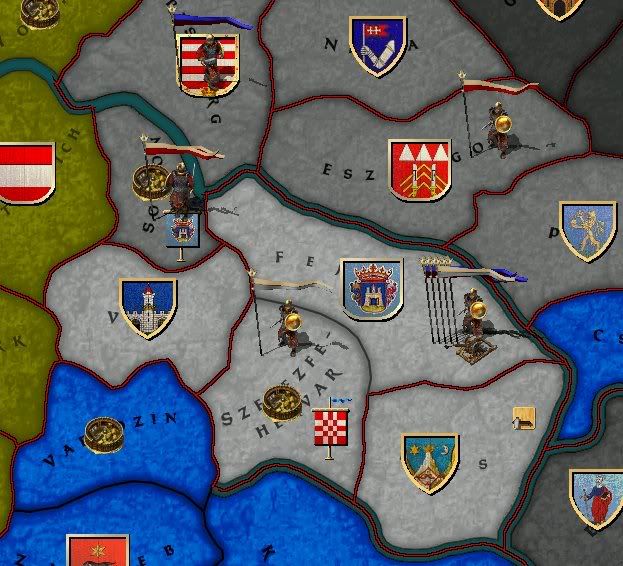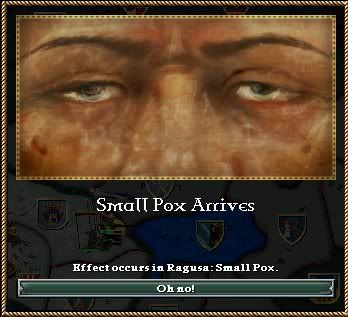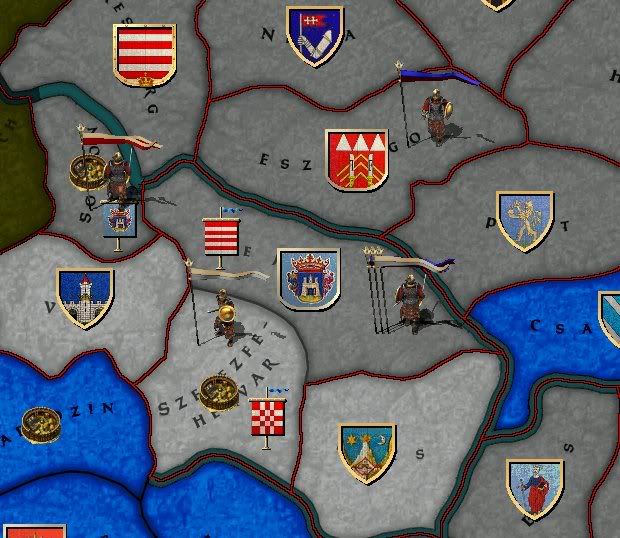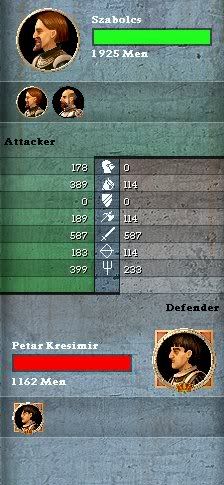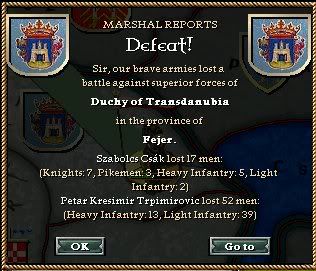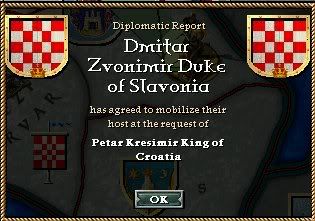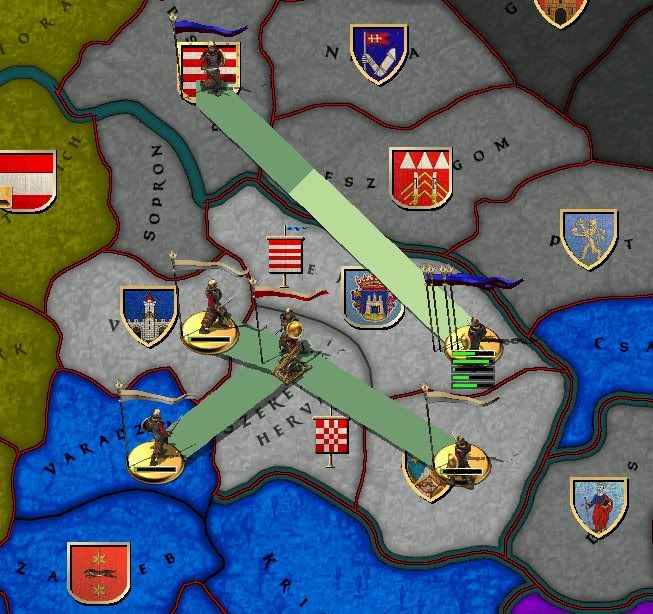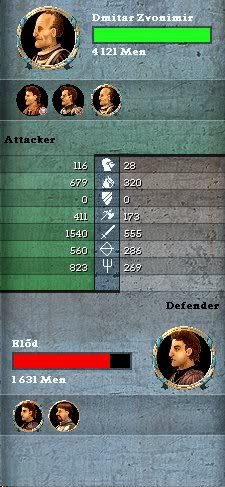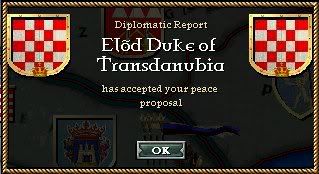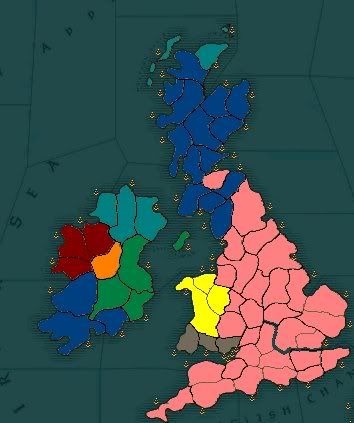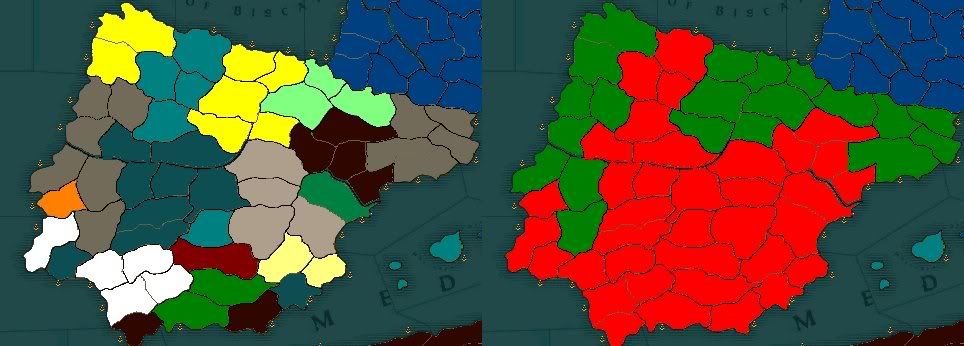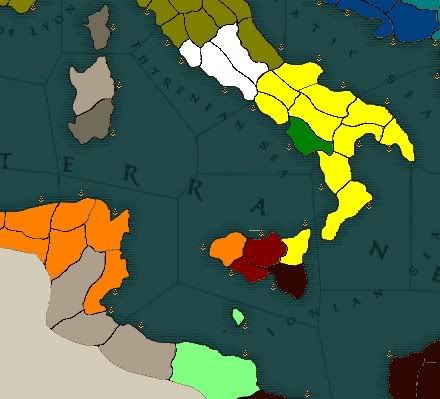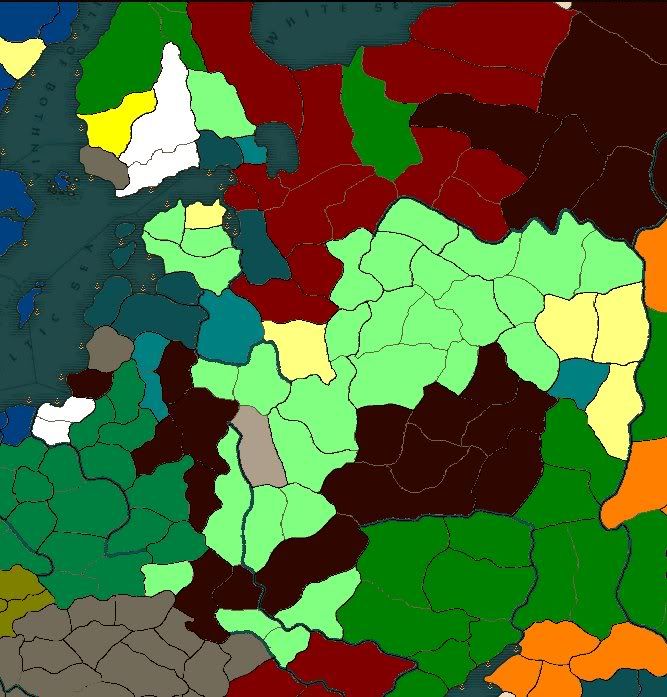Book I - Chapter 3
Chapter III – 1069 to Late 1071
The years we are about to consider were of the utmost importance to the Croatian Kingdom and would help to define their foreign policy for many years to come. As the great historian Alojzije Konscak wrote:
“Without the foreign policy that was developed in the year 1071 much of the Croatian state would not exist in the form that it does today. It was characterised by a strong independence, while at the same time achieving a level of foreign policy cooperation that had thus far eluded the monarchy.”
However, we shall get to that year in a moment. Let us first examine some of the events of 1069 and 1070.
During January of 1069 there is evidence of a strengthening of those parts of society which the government would rather be rid of altogether – the underground network of spies, thieves and ne’er-do-wells. In Split there has been evidence found for what could be considered something of a ‘guild’ of thieves, though the term should be cautioned against as it assumes a high level of organisation that was likely to elude those who were part of it at the time. This can generally be attributed to many of the soldiers returning from campaigning in Ragusa to find that some of their land had been taken, destroyed or let fallow.
During October of 1069 the King of Hungary, Salamon Arpaday (who was in his late teens at this time) started a war with the small County of Torki to their north, who were part of the Principality of Kiev. This caused a war of an unprecedented scale that dragged much of the Hungarian Kingdom in; the King even had to go so far as order a Grand Mobilisation of all of his vassals. This was to have dire consequences, as we shall see. King Petar was still bound by the treaty of alliance and as such declared war upon the Principality of Kiev.
October 1069 - War begins with Kiev.
It is unlikely that King Petar intended to actually assist to a large extent in this war, however his declaration of war ensured that Hungary’s southern border was strong and there was no need to keep a garrison there.
During November of 1069 the popular revolts in Ragusa reached a new bloody height. The town was almost entirely reclaimed, except for the inner fort and the military garrisons dotted throughout the city. A call was made for a reinstatement of the old Republic. It would appear that the hand of King Petar was forced and, always one to recognise when he was defeated, the King gave in to their demands. The King utterly refused to give them complete autonomy, and as such allowed them a limited Republic where they were given control over most of their internal matters (the exception being the miltary) yet they were still a tool of Croatian foreign policy. This was instituted on 18th November, 1069.
Ragusa’s revolts achieve their aim of reinstituting the Republic.
Meanwhile throughout 1070 the war to the north of Hungary continued. The King of Hungary successfully annexed the County of Torki; however he lost a couple of cities to siege. Fortunately for the Hungarian King the Principality of Kiev suffered some internal troubles and were forced to abandon their war effort for the sake of maintaining internal unity. This gave the King the time he needed to reclaim his cities. Peace would not be declared until mid 1071, and then it was only a white peace, with Hungary maintaining their claim upon Torki. For more details on this war I can recommend the book
The Pre-modern Wars of Hungary by my friend and colleague Joseph Williamson.
King Petar attempted to sign a separate peace treaty during October with no conditions. This was rebuked by the Prince of Kiev by the end of October, and the war continued with neither side actively threatening the other.
The Prince of Kiev refuses peace.
By November of 1070 the aforementioned splintering was occurring and the Prince of Kiev was forced to reconsider a white peace. On November 26 the Peace of Zaradin was signed, with neither side gaining anything.
Internal splintering cause the Prince of Kiev to reconsider.
As mentioned the King Salamon was forced to order a grand mobilisation. This had the consequence of annoying several of his vassals. The first vassal to declare civil war, after two months of negotiations was the Bishop of Csanad. War was declared some time during May, though any clear date eludes us and likely will for many years to come.
The Bishop of Csanad declares war on their former King.
Of course King Petar knew that he was going to have to bear the brunt of the fighting, considering King Salamon had just come out of a very expensive war and was still working on remilitarising. King Petar mobilised some of the forces of the Duke of Slavonia and ordered them to march into the Bishopric of Csanad.
The Duke of Slavonia’s forces march into the Bishopric of Csanad.
After a six week march through Hungarian lands, marred by a lack of local cooperation, the forces of Csanad were brought to battle and utterly dispatched. We do not know the exact numbers; however we do know that at least 1500 men remained to undertake the siege.
Some defectors managed to make their way through the Hungarian lands and amongst them were several noteworthy people. The one who concerns us the most though is Gergely Bebek, a man with a legitimate claim to the County of Csanad. The man’s grandfather had owned the land before it was declared a Bishophric. Gergely was able to get an audience with the King and urged him to assist in getting the title back into his family. He pledged allegiance to king Petar right there and then. The King considered for a moment and then declared that,
“this man’s story is most worthy of consideration. I am willing to help my loyal servants. We shall do as he says.”
Gergely Bebek joins the court of King Petar.
The Pope called for the Peace of God in regards to the conflict between King Petar and the Bishop of Csanad. King Petar decided to respect it, later claiming that
“the war was not my war to fight.” However, the Bishop of Csanad could not be found to say that he would respect it on his side. Some amusing anecdotes would later spring up claiming that he was found in the cellar of one of the local churches, drunk on the sacramental wine.
King Petar agrees to the Peace of God.
On the 2nd of November the civil war in Hungary escalated to a new level, with the Duchy of Transdanubia, comprising most of the south-west of the Kingdom, declaring itself sovereign and declaring war upon their former masters. This was a much more serious matter for King Petar, because the Duchy of Slavonia, the land of his vassal, bordered on the Duchy of Transdanubia. Nevertheless, despite the risk that it would bring to the Kingdom, he declared war in support of the Kingdom of Hungary.
The Duchy of Transdanubia declares itself independent.
Seeing the risk to the Kingdom, King Petar immediately requested that Dimitar Zvonimir, the Duke of Slavonia, should mobilise the other regiments in his force, for he already had supplied soldiers for the war against. Despite all reasoned thought saying that he should indeed mobilise his forces, the Duke decided against it. This move has baffled historians for many years and indeed continues to today. There are several possible reasons for why he did this, yet none of them are convincing enough to be placed in their publication.
The Duke of Slavonia refuses to mobilise.
Towards the end of November, while the King was still puzzling over how to get enough soldiers to fight this war, word arrived saying that the Bishopric of Csanad had been liberated and any internal revolts suppressed. A peace treaty was signed several days later and the terms were as follows. The Bishop would renounce his (flimsy) claims on Split, Gergely would be made the new Count of Csanad and the entire treasury, drained though it was from the war, would be made the property of King Petar. Of course, Bishop Istavan knew that he had no choice but to sign this or die.
The Peace treaty between King Petar and Bishop Istavan.
The Kingdom of Croatia in December 1071.
So as we have seen the year 1071 was the true development of a new foreign policy. The Kingdom was now fully devoted to its ally Hungary (Hence the cooperation that was spoken of in the excerpt at the start of this chapter), however it also sought to further its own interests, as it did by taking over Csanad for itself. The King of Hungary could do nothing about this, distracted as he was by internal revolts.
The next chapter will see the war against the Duchy of Transdanubia.
 ). I am playing with the Alternative Scenario Set-up that was created by Veld for CK 1.05 (Seeing as I am a poor university student I can't afford DV).
). I am playing with the Alternative Scenario Set-up that was created by Veld for CK 1.05 (Seeing as I am a poor university student I can't afford DV). ) written after all of the events that are portrayed. No cheating, playing on Normal/Normal when a game asks me what difficulty I want. I like to play a slow, methodical game. I mean, I have 900 years and I want plenty of nations to be there at the end, so why rush?
) written after all of the events that are portrayed. No cheating, playing on Normal/Normal when a game asks me what difficulty I want. I like to play a slow, methodical game. I mean, I have 900 years and I want plenty of nations to be there at the end, so why rush?


